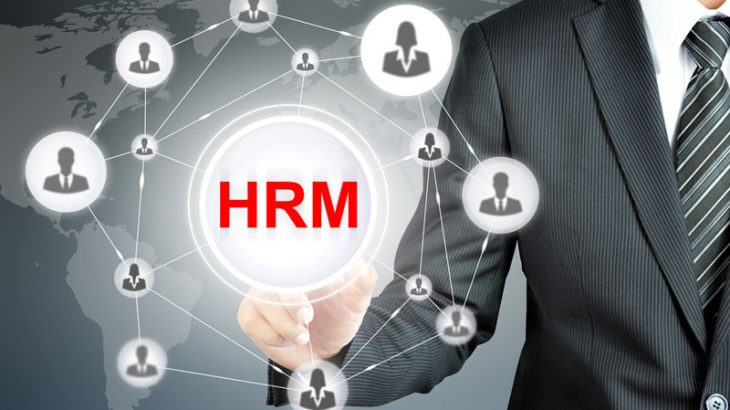What is it that Makes the European Model of HRM so Attractive?
Much has been written and said about the European model of HRM or Human Resource Management.
From the generous pay and bonuses, to the 36 hour working week wherein even extra time is compensated, to the handsome leave and vacation rules, and what more, comfortable maternity and paternity leaves, the Europeans certainly seem to know how to take care of human resources.
In contrast, the American model with its rigorous 40 hour week and extending many hours of overtime with no added pay, the strict leave and vacation policies that mandate only two weeks of paid leave, no maternity benefits with minimal time off for pregnancies, and worse, in some cases, maternity leave being taken from the annual quota, pales in comparison and makes one wonder whether the American system of profits before people is detrimental to workers and their wellbeing.
This leads us to the question as to whether the European model of HRM is much better than the American one and with recently passed legislation in the former that prohibits employees to attending to official calls after office hours, means that Europeans are way ahead of the curve when it comes to employee wellbeing.
Is the European Model of HRM Socialist and Anti Capitalist?
Having said that, there are some criticisms of the European model of HRM and they are to do with how there are frequent strikes and lockouts by workers despite such generous policies and how this erodes the competitiveness and the profitability of European firms.
On the other hand, the American system works in ways that ties in the profitability of firms to the wellbeing of workers wherein in case organizations perform well or exceed expectations, the employees get to share in the bonanza in terms of performance linked bonuses.
Moreover, there is also the oft repeated assertion that innovation and hard work are rewarded better in the United States as can be seen by the success of Silicon Valley firms wherein companies such as Facebook, Google, Amazon, Apple, and Microsoft are so far ahead of European tech firms that some critics deride the Europeans for not having innovated after the Industrial Revolution.
Indeed, while taking good care of employees is certainly humane and shows care and concern, the fact that capitalism exists to make profits and in turn, enrich the employee’s means that perhaps the European Model of HRM is outdated.
Why the European Model is Becoming a Beacon in These Stressful Times
On the other hand, in recent years, there have been many studies and research done on how burnout and exhaustion is so common among American professionals that concerned stakeholders such as advocacy and activist groups and even governmental and industry figures have started to worry about whether the American model of HRM is failing its professionals.
In contrast, in many European countries, this aspect has not only been recognised as a potential problem, but they are also acting on it by passing laws that prohibit extra work done by the employees including measures to provide Mental Health assistance to employees and time off for burnout.
In other words, again the Europeans are the First off the Block where HRM policies are concerned as can be seen in the extremely pro employee policies and rules and regulations that have been passed in recent months.
On the other hand, the Americans are just starting to recognise and identify what is wrong with their overworked and stressed out professionals and it is anybody’s guess as to how this systemic malaise that is now afflicting a majority of professionals worldwide is handled. Thus, one tends to conclude that perhaps the Europeans have got it right this time.
Need for a New Social Contract for the Emerging Fourth Industrial Revolution
The key point here is that as the world enters the Fourth Industrial Revolution wherein many unprecedented changes in the way in we work and live are happening, it is time for industry and governments to take employee wellbeing seriously.
In the same manner in which the First Industrial Revolution brought in its wake far reaching changes in the way capitalism works and how workers are treated, a new social contract between employers and employees is needed and this is where the European model of HRM can be a template for stakeholders to follow.
On the other hand, firms in free market capitalist model cannot thrive unless the employees work hard and innovate and where such attributes are rewarded and where winners and losers are clearly demarcated.
While the European model of HRM might function well where overall employee wellbeing is concerned, the American system rewards high achievers more and hence, what is needed is a balance between the needs of the employers and the wellbeing of the employees.
Therefore, it is our contention that future HRM practitioners take the best of both worlds and arrive at a model that allows innovation to thrive without killing the innovator.
Balanced Model of HRM
Last, in times when many are exasperated by the never ending demands on their time by employers and families alike, there needs to be more of the European practices wherein work and personal lives are kept separate unlike in the American case.
This has implications for Indian professionals as well and the days of boasting about how long one works can also mean that the nights are often spent exhausted and unable to de-stress and feel rejuvenated for the next day.





